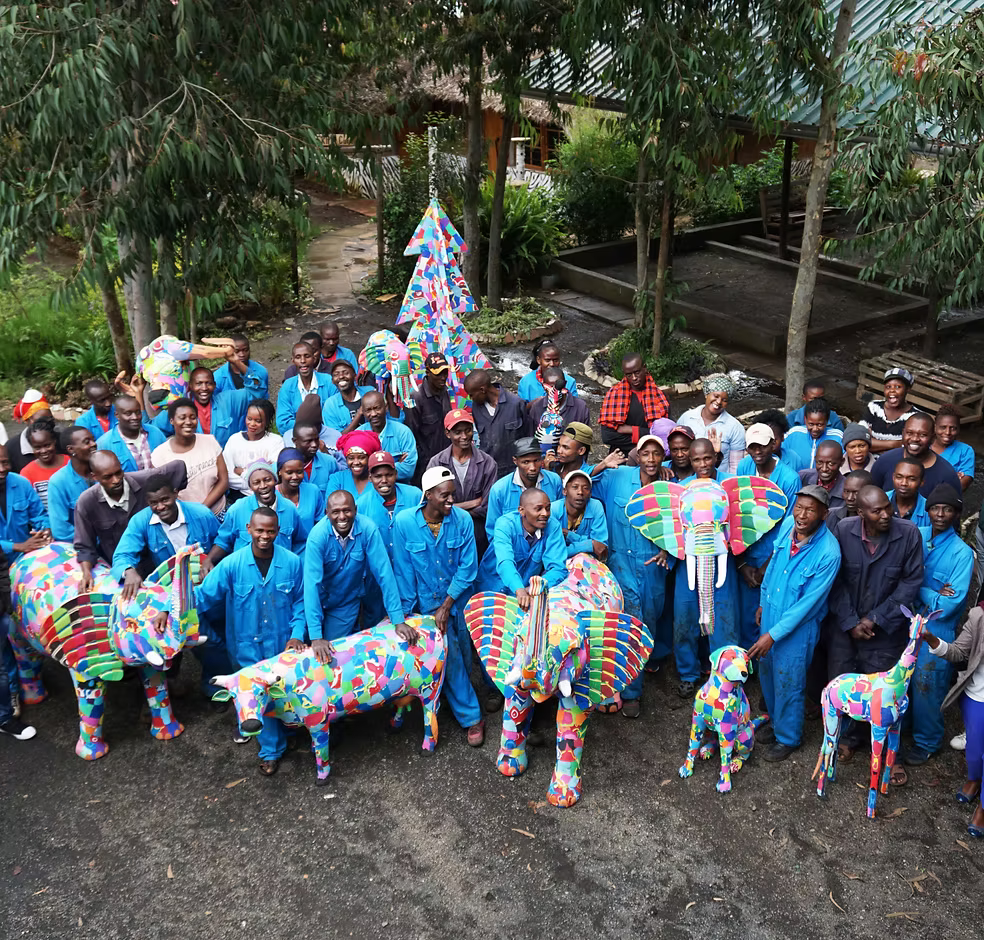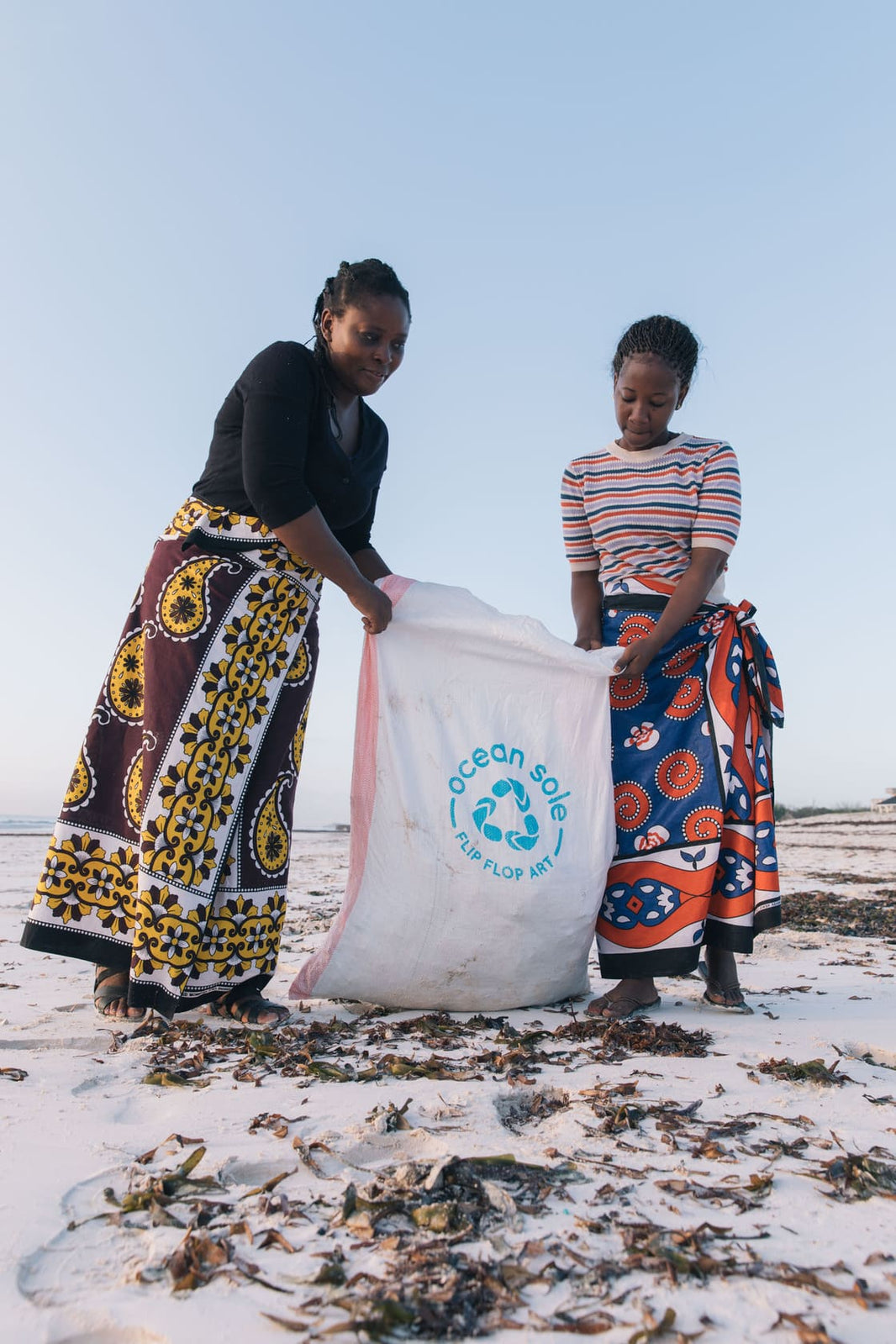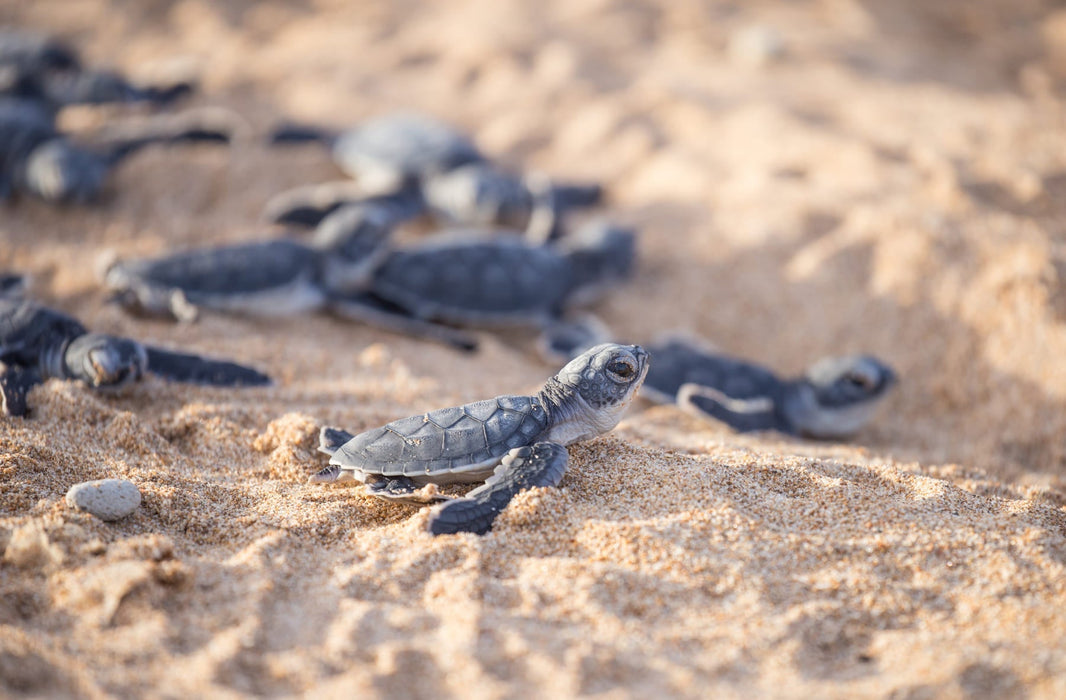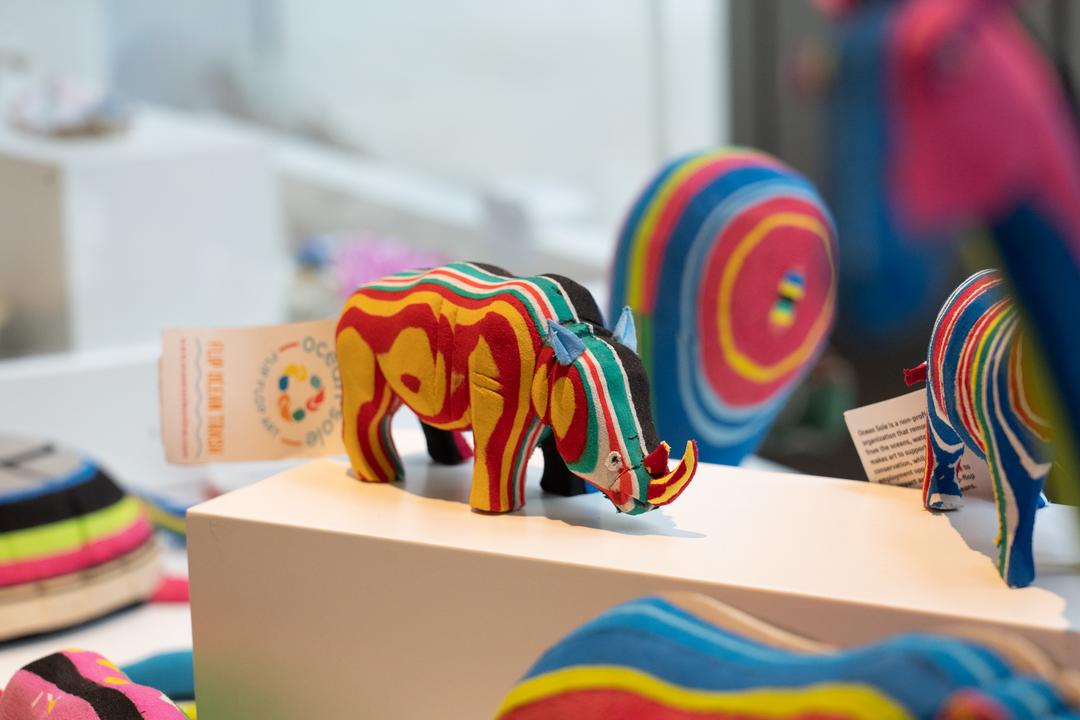#DidYouKnow? The African elephant is the largest land animal in the world!
Adult African elephants can reach up to 3 meters / 9.8 feet in height. Amazing right?! Often described as gentle giants, elephants play a huge role in maintaining the ecological balance of their habitat.
How? Let’s get to it!
- During dry seasons, they use their tusks to dig up dry riverbeds and create watering holes many animals can drink from.
- Their dung is full of seeds, helping plants spread across the environment—and it makes a very good habitat for dung beetles too.
- In the forest, their feasting on trees and shrubs creates pathways for smaller animals to move through, and in the savanna, they uproot trees and eat saplings, which helps keep the landscape open for zebras and other animals to thrive.
There are only three species of elephants left globally. The Asian elephant, and the African elephant. Both have been listed as Endangered by the International Union for Conservation of Nature (IUCN).
Their numbers have significantly declined due to a number of reasons:
- Poaching- The illegal ivory trade is a colossal threat to African elephants’ survival. Before the colonization of Africans by Europeans, there may have been as many as 26 million elephants. By the early 20th century, their numbers had dropped to 10 million. Hunting continued to increase. By 1970, their numbers were down to 1.3 million. Between 1970 and 1990, hunting and poaching put the African elephant at risk of extinction, reducing its population by another half. In the subsequent years, poaching has continued to threaten the African elephant.
- Climate change- Food has become scarce for the elephants as more trees diminish. This causes a significant loss in the body mass of the elephant, which in turn has led to lower reproductive rates and less overall seed dispersal by the elephants, resulting in a vicious cycle of diminishing elephant health, declining elephant numbers, and a reduction in the quality of their own forest habitats as their food trees keep withering.
- Human conflicts- The human population has grown exponentially over the years bringing a need for more land for settlement. Humans have resorted to encroaching on the land that’s meant for wildlife. This displacement has caused more elephants to be killed when they approach land they previously called home.

As we celebrate World Elephant Day, it falls upon us to take initiatives and support conservation efforts that heed the call of saving our elephants.
What can you do to help the elephants?
- Visit https://worldelephantday.org/ and sign the petition to show your commitment to fighting illegal ivory trading which is a major threat to elephants.
- Visit elephants in countries where they live in the wild – tourism benefits the economy, provides needed jobs, and deters poachers, also, learn as much as you can about them.
- Share this knowledge with friends and family, more elephant warriors are needed in this fight! The more you share, a stronger army of elephant protectors is built!
- Do research on organizations that are on the front lines of fighting illegal poaching of elephants, they always need more volunteers and it’s a great way of contributing to their cause!
- Support organizations that highlight the plight of elephants.

At Ocean Sole it’s our mission to work with organizations that support conservancy and protection of wildlife. It rests upon all of us to move at breakneck speed and do all we can to support conservation efforts of the elephant.
To highlight the plight of the elephant, we make Flip Flop elephant sculptures that we display all over the world to tell the story of the elephant and get more people involved.
To make a small elephant flip flop sculpture:
- It takes 3 hours
- 4 Flip Flops are upcycled and used
To make a medium Flip Flop elephant sculpture:
- Requires 7 hours of work
- 14 flip flops used
Our Large elephant flip flop sculptures require:
- 16 hours
- 15 flip flops to make
The extra-large elephant sculpture require:
- 45 hours
- 35 flips flops used in the making
To make a double extra-large elephant sculpture:
- 82 hours of work
- 80 flip flops used
In the making of an extra-large elephant wall art:
- 118 hours of work is required
- 180 flip flops are upcycled and regenerated
You can shop for Ocean Sole elephant sculptures here.

We are proud to support conservation efforts and 20% of our profits go to organizations that are actively engaged in protecting our wildlife.
We’re open to collaborating with individuals and organizations that believe in our ethos and beliefs in sustainability, and creating a greener earth, one that is safe for elephants and all other wildlife.
Thank you for your continued support, we appreciate you!
#WorldElephantDay #BeElephantEthical
-------
Email hello@oceansoleafrica.com for custom projects, creative ideas, or just to see how to stay connected & get involved with our mission!

Written by: Maureen Simba








